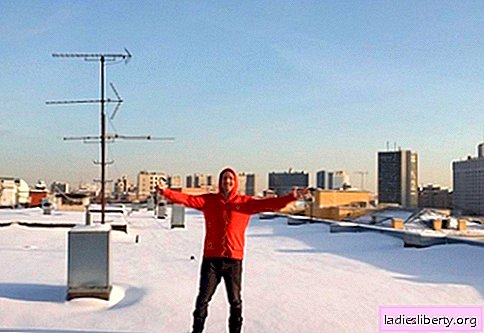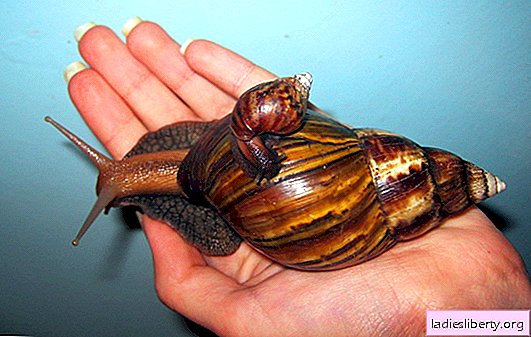
Daisies are two-year-old flowers; they bloom in the second year of planting. The flower is unpretentious and does not cause any special difficulties in growing. However, experienced gardeners have their own secrets on how to plant daisies so that they bloom this summer.
Growing daisies from seeds
Traditionally, daisies are propagated by seed, sowing seeds directly into the open moist ground. They begin sowing in mid-June, while the seeds are not planted in the soil, but lightly sprinkled with sand. For germination, they need light, moisture and heat. The bed is immediately well watered and covered with a film. Under favorable conditions, seedlings appear a week after planting.
Daisies grow very quickly, so soon they need to be peaked right on the bed. It is most convenient to plant flowers at a distance of 20 cm from each other. With good care over the summer, a powerful rosette of leaves will grow. But this method has one drawback - daisies will bloom only next spring. You should not be afraid for tender plants in the cold season, daisies tolerate frosts well.
Important! It is not necessary to allow self-seeding of daisies, despite the simplicity of this method. Each year, with independent propagation, the flowers become smaller, decorative qualities deteriorate.
How to grow daisy seedlings
Not many gardeners know that growing daisies through seedlings is the best way to see the flowering this year.
Before planting, prepare individual containers in advance, since the root system of the seedlings is fragile and easily injured during a dive. Sow the seeds immediately in separate pots.

Daisies are planted in late February or early March. For this, a loose substrate is prepared, which absorbs moisture well. Suitable soil mix from flower shops is suitable. The principle of cultivation is the same as when sowing in open ground. Seeds are not embedded in the soil, but distributed on its surface. The main task of the gardener is to create suitable conditions.
1. Bright light. To germinate the seeds need good lighting, on cloudy days you need light. The duration of daylight hours should be at least 12-14 hours a day.
2. Comfortable temperature. Immediately after planting, the room temperature is maintained at a level of 20-22 degrees. After emergence, it is lowered to 16 C.
Seedlings are watered carefully, trying not to greatly moisten the soil.
This simple method allows you to grow strong seedlings of daisies, which will well transfer the transplant to the open ground.
When to plant daisy seedlings in open ground
Daisies are not capricious plants, but before planting, it is still worthwhile to prepare the site in advance.
Take a bright and warm place to grow the flower. The composition of the soil does not matter much, but it is better if it is loose and nutritious. When growing daisies in heavy soil, frequent weeding and loosening will be required, so it is better to add sand and humus to the ground. This will not only improve the composition of the soil, but also facilitate the care of daisies.
Advice! Do not plant daisies in the lowlands, since stagnation of melt and groundwater leads to problems with the root system of the plant.
The timing of planting seedlings depends on the region of residence and weather conditions. Typically, the plant is transferred to the open ground in late May or early June.
The scheme of planting daisies in the garden with a photo
Planting daisies is carried out by the method of transshipment, trying not to destroy the earthen lump. If seedlings were grown in peat tablets or pots, then they are not removed.
Planting holes are arranged according to a 20x20 cm pattern so that the plants have enough space for development. Each hole is abundantly watered, and the planted flowers are densely squeezed with earth.
Care for daisies in the flowerbed
One of the important rules is timely watering. The root system of plants lies shallow, therefore, quickly dries up. As a result, inflorescences become smaller, dry out, and terry forms lose their quality.
Daisies are watered every other day, but in the hot summer, daily watering is required. If this is not possible, then the soil around the flowers is mulched with humus. This method not only retains moisture, but maintains the soil in a loose state. In addition, in the heat of the mulch protects the roots from overheating.
When caring for daisies, do not forget about top dressing. It prolongs flowering, makes it brighter. Fertilize plants at least twice a season. Use complex mineral fertilizers for flowering plants.
How to propagate daisies
Despite the good care of daisies, over time they lose their decorative effect. Experienced gardeners plant a flower not only by seed, but also by a vegetative method. Division of the bush and cuttings allows you to save varietal qualities of the plant.
Division of the bush is carried out in early autumn. The mother bush is dug up and divided into several parts, while all the formed buds are removed, the roots of the plant are cut by 5 cm. This will allow the plots to take root well in a new place. Young plants take root quickly and continue to grow.
Important! If the plot is left without roots, then plant it directly so that new roots grow from the base of the stem.
You need to cut daisies at the end of summer. With a sharp knife, side stepsons are separated from the plant and rooted in moist soil. As a rule, this takes up to two weeks. The resulting plants bloom next season.
Diseases and Pests
Miniature daisies are rarely affected by diseases and pests. Growing them is a pleasure. However, with viral epidemics, the plant may become ill. You can determine this by appearance.
1. Pedicels stretch out in early summer.
2. Inflorescences are smaller.
3. The leaf cover changes color, becomes pale.
Unfortunately, viral diseases are not treatable, so at the first sign the plants are uprooted and burned. The landing site is thoroughly disinfected with a solution of potassium permanganate.
Daisy care after flowering
Flowering of daisies ends gradually, so their seeds are collected once a week. Withered baskets are cut, seeds are torn out and stored in a paper bag. If this is not necessary, then the baskets are simply thrown away.
Daisies tolerate frosts well, but in snowless winters their root system can suffer from low temperatures. To this end, in late autumn, the soil around the flowers is mulched with a thick layer of humus, sawdust or peat. The layer of mulch should be at least 8 cm, which will save the roots from freezing.
Important! If the roots of the plant are bare and are on the surface of the soil, then mulching is carried out in any case.
Growing a garden daisy is a simple and exciting activity. Even a beginner in gardening can cope with it. It is enough to deal with the timing of planting, properly organize care, and timely cover the plants for the winter.











